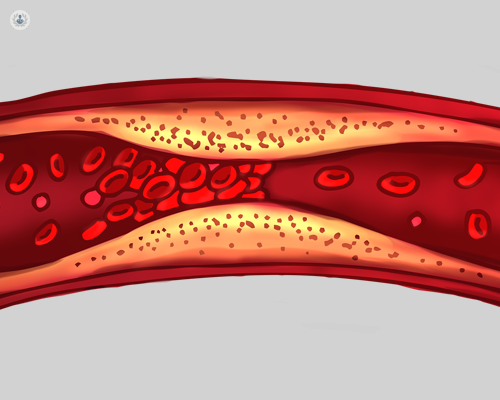Understanding varicose veins: Causes, symptoms, and treatment options
Escrito por:Here, distinguished consultant vascular and endovascular surgeon, Mr Obiekezie Agu, provides us with an all-you-need-to-know guide with regards to varicose veins.

What are varicose veins?
Varicose veins are enlarged, twisted veins that often appear blue or dark purple and commonly affect the legs and feet. They develop when the veins' valves become weak or damaged, causing blood to pool rather than flow back to the heart efficiently. This condition affects millions of people worldwide, particularly women, and can range from a cosmetic concern to a painful and uncomfortable health issue.
Causes
The primary cause of varicose veins is poor circulation. Veins carry blood from the body back to the heart, and in the legs, this involves working against gravity. The veins have one-way valves that prevent blood from flowing backward. When these valves weaken or fail, blood collects in the veins, causing them to enlarge and become varicose.
Risk factors for varicose veins include age, genetics, pregnancy, obesity, and prolonged standing or sitting. Hormonal changes, particularly in women, can also contribute to the development of varicose veins.
Symptoms
Varicose veins can be unsightly, but they also cause discomfort and a variety of symptoms, such as aching legs, swelling, itching, and cramping. In severe cases, they can lead to complications like skin ulcers, bleeding, or blood clots (deep vein thrombosis).
Treatment options
Treatment options for varicose veins depend on the severity of the condition. In mild cases, lifestyle changes such as exercise, weight management, and avoiding prolonged standing or sitting can help improve circulation and alleviate symptoms. Compression stockings are often recommended to apply gentle pressure on the legs and help blood flow.
For more serious cases, medical interventions may be necessary. These include sclerotherapy, where a solution is injected into the veins to close them off, and laser treatments, which use heat to seal off damaged veins. Minimally invasive surgeries, such as endovenous laser therapy (EVLT) or radiofrequency ablation, are also available to remove or seal problematic veins.
In conclusion, varicose veins are a common condition caused by poor circulation and faulty vein valves. Although often seen as a cosmetic issue, varicose veins can lead to discomfort and more serious complications if left untreated. Various treatment options, ranging from lifestyle changes to minimally invasive procedures, are available to manage and alleviate the condition.


